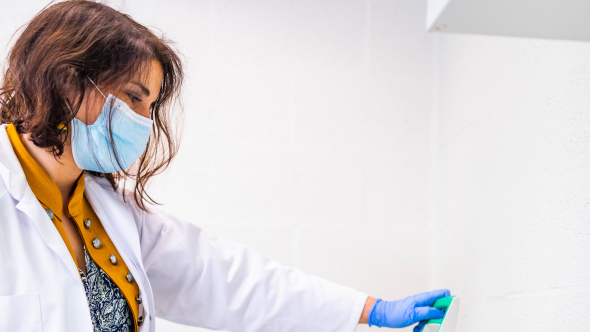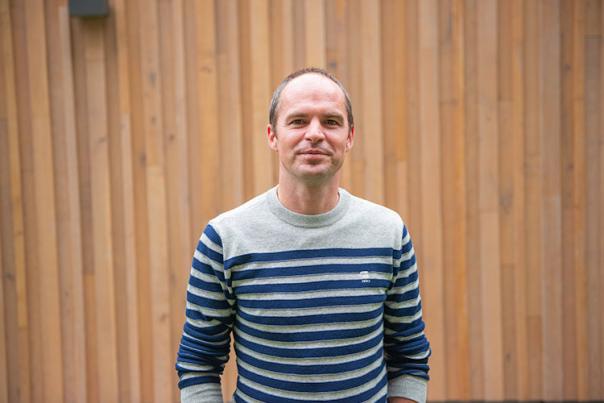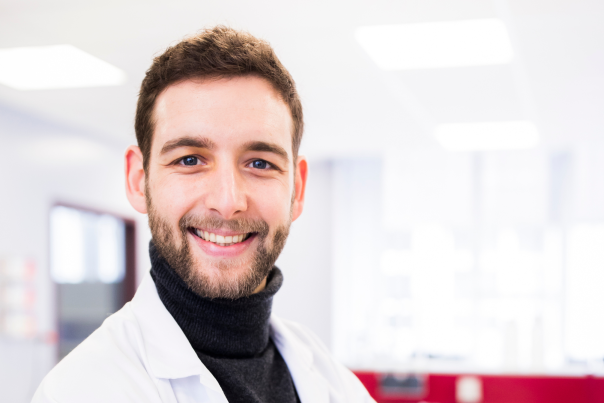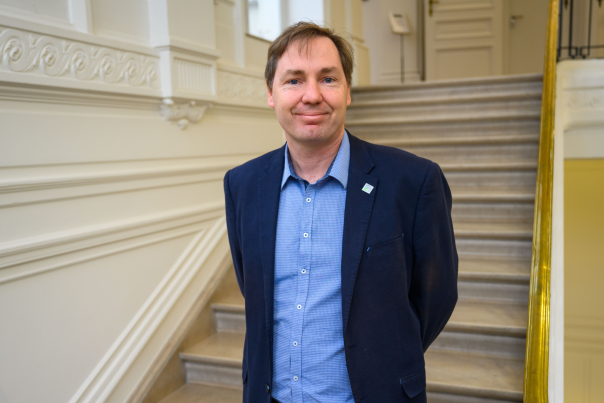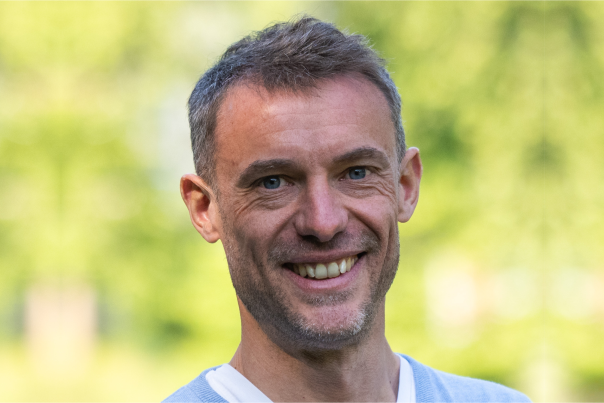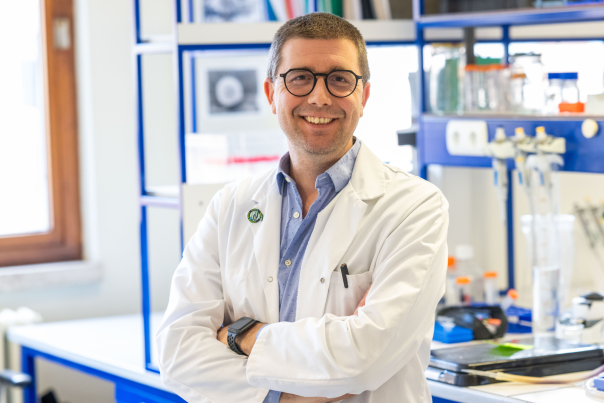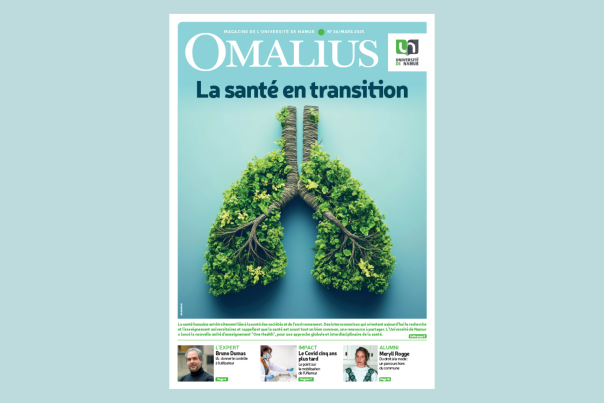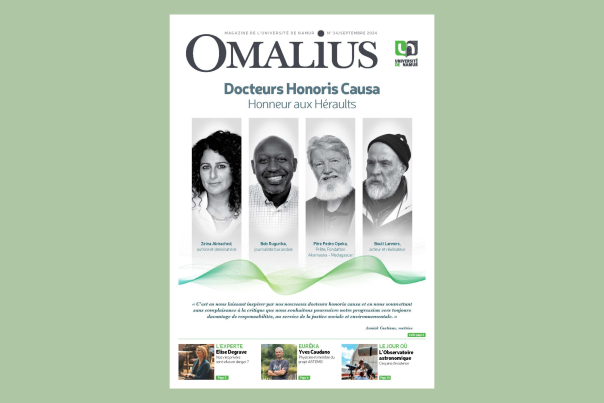When the virus penetrates one of our cells, it dumps its RNA into it. "The cell then has tools at its disposal, enzymes capable of inducing mutations in this viral genome, in order to render it inoperative and thus slow down the development of the infection, the researcher points out. "We've been working on these enzymes, for several years, via other more common viruses, such as adenoviruses. But we are fortunate, at UNamur, to have a category 3 laboratory that enables us to work on SARS-CoV-2 and broaden our skills."
This research is also aimed at gaining a better understanding of this strange pathology known as Covid long. Indeed, a significant number of people who have contracted Covid-19 continue to suffer from various symptoms, such as severe fatigue, breathing difficulties, or neurological symptoms such as mental fog and pain.
Early on, UNamur researchers Nicolas Gillet and Charles Nicaise, Professor in the Department of Medicine and President of the NARILIS Institute, collaborated on this subject to better understand its causes, particularly in the brain. "There are several hypotheses on this subject. Given the variability of the disease's symptoms, it is most certainly a multifactorial phenomenon", thinks Charles Nicaise. "For our part, we have chosen to focus on the autoimmune aspects of the disease."
The hypothesis envisaged by the researcher, and confirmed by initial results, involves patients' antibodies directed, not against the virus, but against its own cells.
